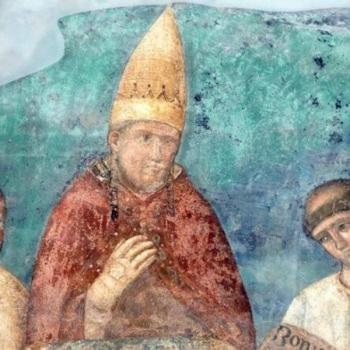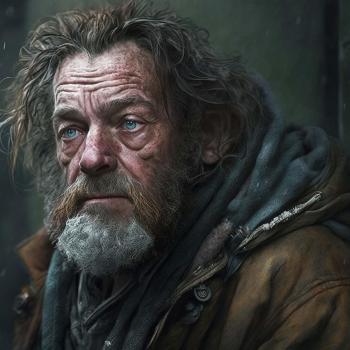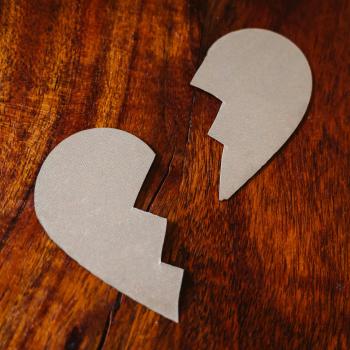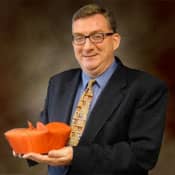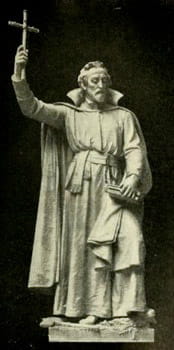 Now nearly two centuries old, Francis Parkman's narrative of France in the New World is still a classic of historical writing. Although raised with an antipathy toward Catholicism, much of Parkman's writing treated the Church in Canada, particularly the work of the French Jesuit missionaries. Of them, Parkman wrote, there was "much to be detested" from a theological point of view. But he couldn't help admire their courage:
Now nearly two centuries old, Francis Parkman's narrative of France in the New World is still a classic of historical writing. Although raised with an antipathy toward Catholicism, much of Parkman's writing treated the Church in Canada, particularly the work of the French Jesuit missionaries. Of them, Parkman wrote, there was "much to be detested" from a theological point of view. But he couldn't help admire their courage:
Men steeped in antique learning, pale with the close breath of the cloister, here spent the noon and evening of their lives, ruled savage hordes with a mild paternal sway, and stood serene before the direst shapes of death.
This Wednesday in the Liturgical Calendar is the Feast of the North American Martyrs, a group of six Jesuit priests and two of their lay associates. Between 1642 and 1649, they were killed while ministering to the Native Peoples of Canada and northern New York. While the Jesuits weren't the only missionaries serving there, they were the largest and most influential group.
Founded in 1540 by Ignatius Loyola, a Spanish ex-soldier, the Jesuits numbered 15,000 worldwide by 1600. From the start, they engaged in a bewildering variety of activities. A 19th-century Spanish author comments: "we cannot travel the most distant countries, traverse unknown seas, visit the remote lands, or penetrate the most frightful deserts without finding everywhere under our feet some memorial of the Jesuits."
Whether their work is teaching, the missions, diplomacy, or writing (to name just a few activities), Jesuits seek to find God in all things and spread God's glory. This is why they came to New France, where the two main Native American groups (in Canada, called the First Peoples) encountered were the Hurons and the Iroquois. (The former generally sided with the French, and the latter with the English.)
The Jesuit missionaries came with a readiness to meet the American Indians on their own terms; that is, to learn their language and their culture. One Jesuit wrote:
As God made Himself man in order to make men Gods, a missionary does not fear to make himself a savage, so to speak, with them, in order to make them Christians. Omnibus omnia factus sum.
While they made significant inroads, the Blackrobes (so called for the cassocks they wore) faced serious cultural impasses. Many Indians, one scholar notes, saw conversion as committing cultural suicide. One asked a Jesuit, "Do they hunt in heaven, or go to war, or make feasts?" "Oh, no!" the priest said. "Then I will not go," he responded. "It is not good to be lazy." Others said that they'd rather be with their families, even if it meant the hell of the Blackrobes.
Both the Hurons and Iroquois were nomadic peoples, and the Jesuits traveled with them under harsh and dangerous conditions: across lakes, down rivers, up mountains. But they welcomed the challenge, for they saw themselves as soldiers in a war to win souls from Satan for Christ. Martyrdom for them was something heroic, if not glorious. And many died.
Among the most famous of these was Father Isaac Jogues (1607-1646), whom Parkman calls "one of the purest examples of Roman Catholic virtue." Refined and courtly, wiry and athletic, he was captured, tortured, and maimed by the Iroquois. He managed to escape to the Dutch colony of New Amsterdam, and then to France.
Having lost several fingers, he received a dispensation from Pope Urban VIII to celebrate Mass. "It would be shameful," Urban said, "that a martyr of Christ not be allowed to drink the blood of Christ." But he wanted to return to Canada. Before leaving France, he said, "I go, but I shall not return." Back in northern New York, he was murdered with a tomahawk as he blessed a Native American child.
In his own diary, Father Jean de Brébeuf (1593-1649), a colleague of Jogues, wrote:
I have experienced a great desire to be a martyr and to endure all the torments the martyrs suffered . . . My God, even if all the brutal tortures which prisoners in this region must endure should fall on me, I offer myself most willingly to them . . .
Not long thereafter, Brébeuf experienced a truly horrifying death at the hands of the Iroquois: tortured, scalded with boiling water, burned, flayed, and scalped. (His captors cut out his heart and drank his blood in hopes of imbibing his courage.) Still, the Jesuits weren't discouraged. Father Jérôme Lallemant, the mission superior, declared:
